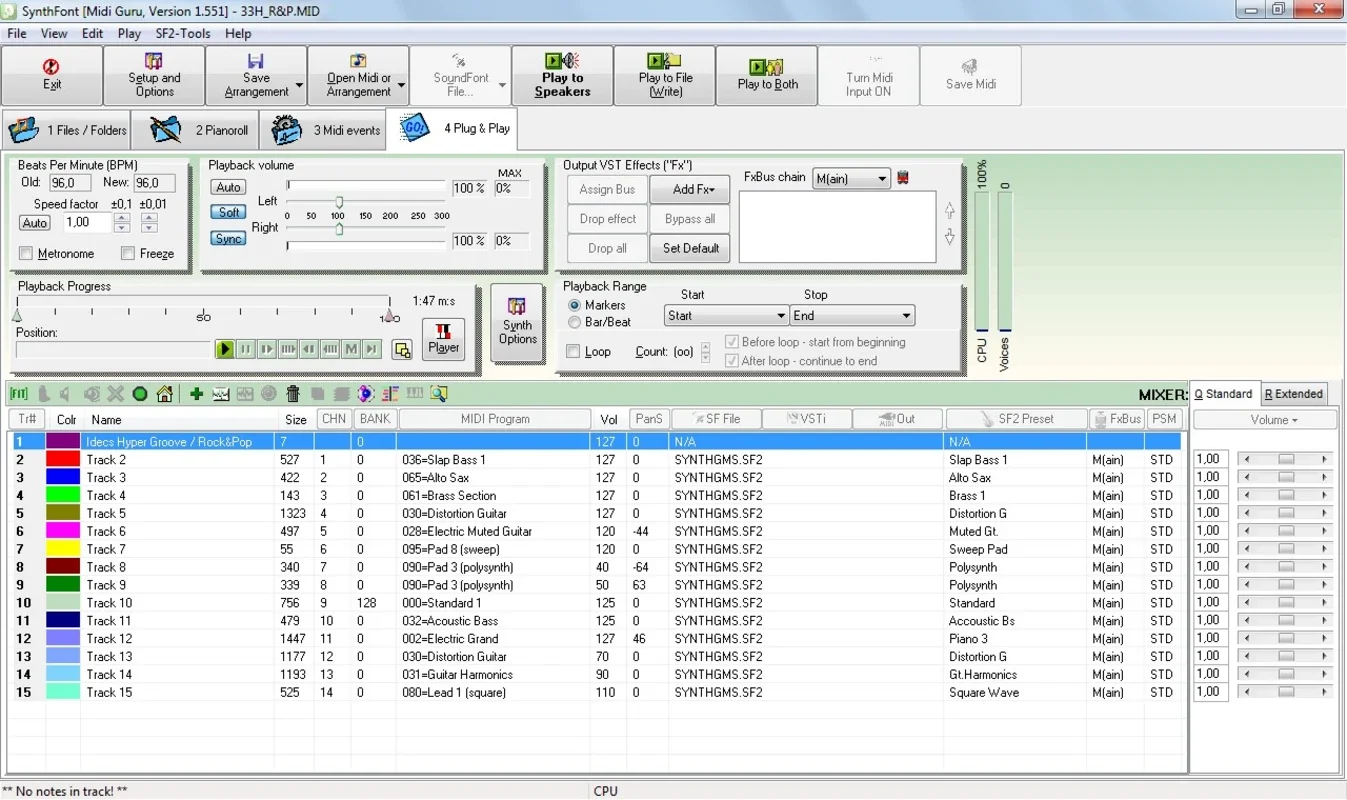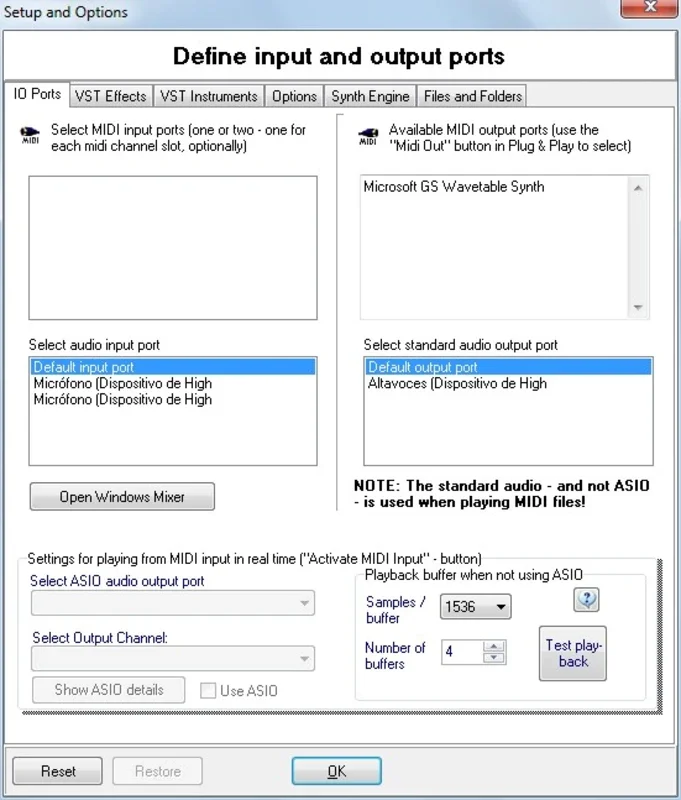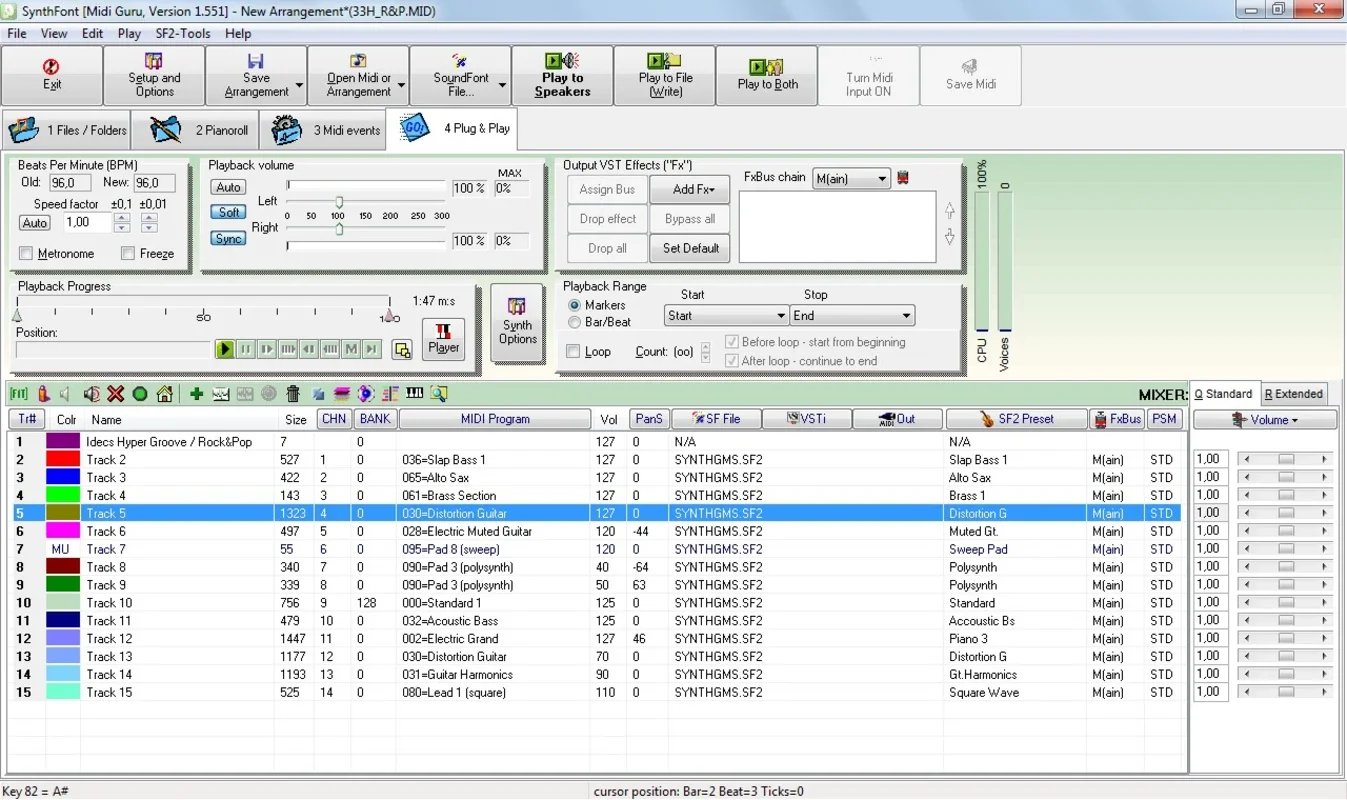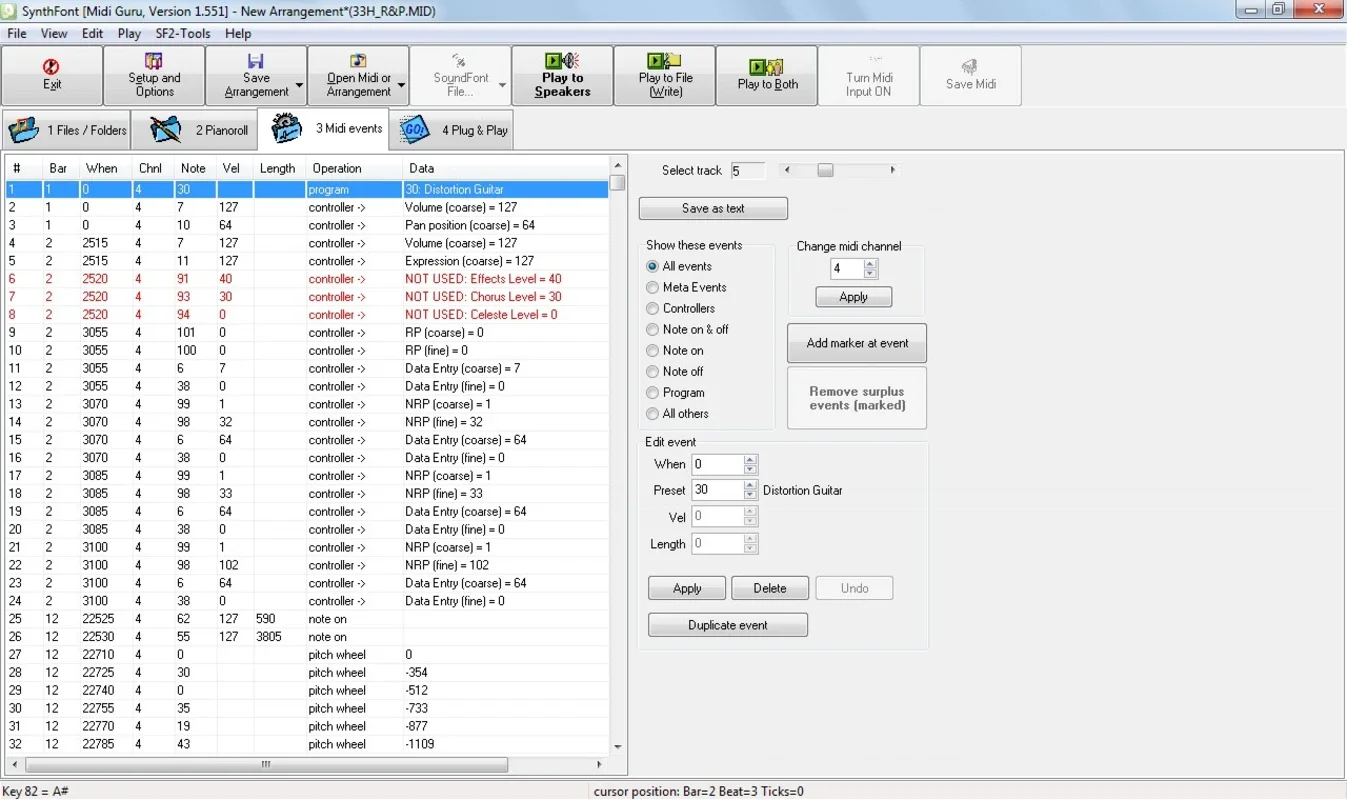SynthFont App Introduction
Introduction to SynthFont
SynthFont is a remarkable software that has been designed to offer users a seamless experience when it comes to playing MIDI files. MIDI, or Musical Instrument Digital Interface, is a protocol that allows different musical instruments and devices to communicate with each other. However, to play MIDI files, one needs a proper software that can interpret the MIDI data and produce sound. This is where SynthFont comes into play.
SynthFont stands out from other similar software due to its ability to play MIDI files from a variety of sound files such as SF2, DLS, GIGA, 404, or GUS. This versatility gives users a wide range of options when it comes to choosing the source of their sound. For example, if a user has a collection of SF2 sound files, they can easily use these with SynthFont to play their MIDI files.
The Process of Playing MIDI Files
The process of using SynthFont to play MIDI files is relatively straightforward. First, the user needs to set the sound format. This step is crucial as it determines the type of sound that will be produced when the MIDI file is played. Once the sound format is set, the user can then upload a MIDI file. This uploaded MIDI file can then be used to create a song.
The created song can be saved in different audio formats such as MP3, OGG, or WAV. This is a great feature as it allows users to save their creations in a format that is compatible with their devices or for further editing. Additionally, users also have the option to simply listen to the song without saving it. This is useful for those who just want to quickly preview their work or listen to a MIDI file without the need to store it on their device.
Customizing the Output
While playing MIDI files and creating audio files, SynthFont offers users the ability to modify a series of settings. These settings can have a significant impact on the final result of the audio output. However, for beginners, it is advisable to refrain from making too many changes to these settings in the initial projects. This is because these settings can be quite complex and making incorrect changes can lead to unexpected results.
Some of the settings that can be modified include aspects related to the sound quality, the volume levels, and the type of instruments that are used to play the MIDI file. For example, a user can adjust the volume of a particular instrument in the MIDI file to make it more prominent or less so in the final audio output. Or they can change the type of instrument that is used to play a certain part of the MIDI file, which can completely change the feel and sound of the song.
The Learning Curve and Support
SynthFont is a very complete tool, but like any software with a wide range of features, it may have a bit of a learning curve for new users. However, the developers have been very thoughtful in providing an in - depth online tutorial. This tutorial is a great resource for users who are new to SynthFont or those who want to explore all of its features.
The online tutorial covers everything from the basic functions of the software such as how to set the sound format and upload MIDI files, to more advanced features such as customizing the settings for the best audio output. It also provides examples and step - by - step instructions, which makes it easier for users to follow along.
SynthFont in Comparison to Other MIDI Players
When compared to other MIDI players in the market, SynthFont has several distinct advantages. For one, its ability to play MIDI files from a variety of sound files sets it apart. Many other MIDI players are limited in the types of sound files they can use, which restricts the user's options.
Another advantage is the wide range of output formats that SynthFont supports. Some MIDI players may only support a limited number of audio output formats, which can be inconvenient for users who need to save their files in a specific format. SynthFont's support for MP3, OGG, and WAV formats gives users more flexibility.
In addition, the in - depth online tutorial provided by SynthFont is not something that all MIDI players offer. This tutorial can be a deciding factor for many users, especially those who are new to MIDI file playing and need some guidance on how to use the software effectively.
Conclusion
In conclusion, SynthFont is a great software for those who are interested in playing MIDI files. Its versatility in terms of the sound files it can use, the ability to save the output in multiple audio formats, and the option to customize the output settings make it a very attractive option. The in - depth online tutorial also makes it accessible to new users, which is a great plus. Whether you are a professional musician looking for a reliable MIDI player or a hobbyist who wants to explore the world of MIDI file playing, SynthFont is definitely worth considering.
SynthFont offers a unique and comprehensive experience when it comes to playing MIDI files and creating audio from them. With its wide range of features and user - friendly design, it has the potential to become a staple in the toolkit of any music enthusiast or professional.



